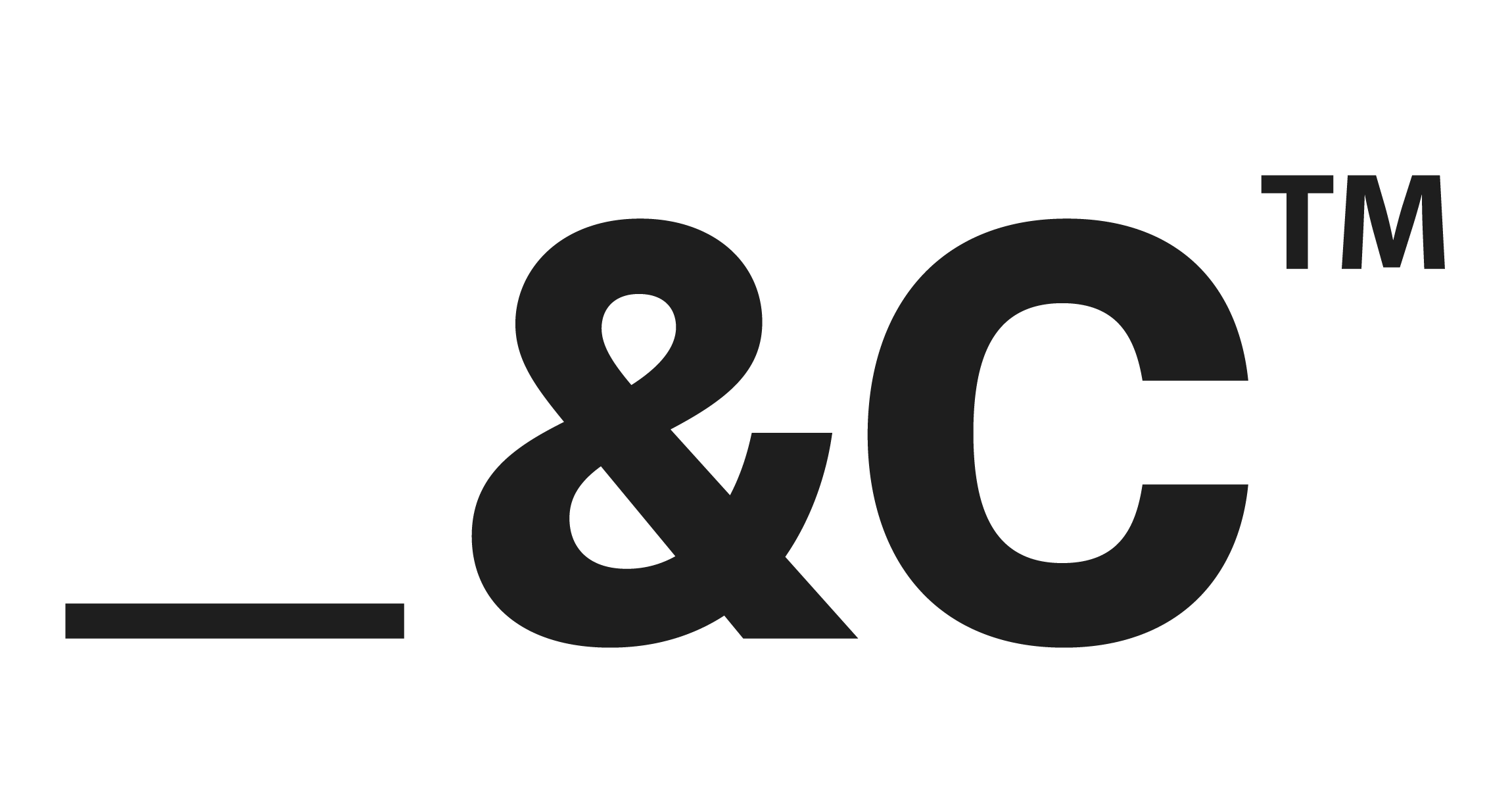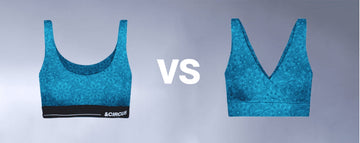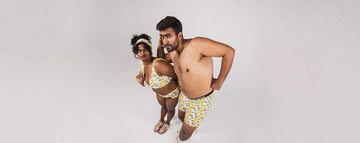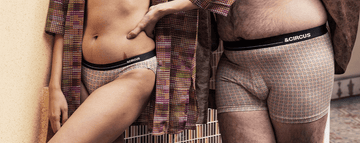Quick Listen:
Shopping for underwear meant navigating a narrow world of sizes and styles, where the options felt like they were designed for someone else someone with a body that fit neatly into a rigid mold. But the innerwear industry is changing, and fast. From eco-conscious startups to legacy brands, companies are rethinking what it means to dress every body. The shift isn't just about adding a few extra sizes to a chart; it's a cultural pivot toward comfort, confidence, and a deeper respect for the diversity of human forms.
Uncomfortable underwear shouldn't steal your confidence. At Andcircus, we craft ultra-soft, sustainable Lenzing Modal Micro® innerwear for every body, XS to 5XL. From briefs to bras, our custom packs fit you perfectly. Shop risk-free with our 100% satisfaction guarantee and embrace comfort that includes everyone. #LoveEveryBody. Shop Now!
Innerwear Brands Embrace Size Inclusivity to Reflect Modern Body Diversity
The fashion industry has long been called out for its lack of representation, but innerwear arguably the most personal category of clothing is leading the charge toward change. Brands specializing in eco-friendly micromodal innerwear for men, women, and maternity are at the forefront, blending sustainability with a commitment to body positivity. This isn't just about selling more underwear; it's about aligning with modern consumer values that demand accessibility and authenticity. Micromodal, a soft, breathable fabric derived from beechwood, is proving to be a game-changer, offering stretch and durability that work across a spectrum of body types.
The push for inclusivity is more than a marketing buzzword it's a response to real consumer demand. Shoppers are no longer willing to squeeze into outdated sizing systems that don't reflect their realities. And the data backs this up: the global plus-size clothing market, which includes innerwear, generated a staggering $311,439.3 million in 2023 and is projected to reach $412,393.1 million by 2030, growing at a compound annual growth rate of 4.1%, according to Grand View Research. This isn't a niche; it's a massive, underserved market that's finally getting attention.
A New Standard: From XS to 5XL and Beyond
The innerwear industry is rewriting its size charts. Where once a “large” was the ceiling for many brands, now ranges stretch from XS to 5XL and beyond. This expansion isn't just about adding more fabric it's about reengineering patterns to ensure consistent fit across sizes. Micromodal's adaptability is key here; its lightweight, stretchy nature makes it ideal for crafting garments that feel like a second skin, whether for a petite frame or a plus-size body. Brands are also innovating with adaptive designs for maternity and postpartum wear, acknowledging that bodies change not just in size but in shape and function.
Gender-neutral and fluid fit designs are also gaining traction. As societal norms around gender evolve, innerwear brands are responding with styles that prioritize comfort over rigid categories. Think boxer briefs that work for any body or bralettes that don't assume a specific chest size. This shift dovetails with the rise of athleisure, where comfort-driven clothing like leggings and sports bras has blurred the line between workout gear and everyday wear. According to Wikipedia, athleisure outfits, including yoga pants and tights, are now staples of casual wardrobes, reflecting a broader cultural embrace of versatile, body-friendly clothing.
Real-World Wins and Visible Change
Brands are putting their money where their mission is. Eco-conscious companies are leading with campaigns that showcase body-diverse models, from petite to plus-size, pregnant to non-binary. These aren't just glossy ads; they're backed by transparent size charts and fit guides that make shopping less of a guessing game. Maternity-focused brands, in particular, are redefining postpartum sizing, offering stretchy, supportive options that adapt to fluctuating bodies. One brand's recent campaign featured a postpartum model in micromodal briefs, celebrating the softness and strength of a body in transition a powerful departure from the airbrushed ideals of the past.
But it's not just new players shaking things up. Even legacy brands are rethinking their approach. Victoria's Secret, once the undisputed queen of lingerie, has seen its market share slip from 32% in 2015 to 19% in 2020, per Glamour. The brand's decline, fueled by reports of misconduct and a failure to evolve, opened the door for competitors who prioritize inclusivity over fantasy. Today's shoppers want underwear that feels good, looks good, and aligns with their values whether that's sustainability, diversity, or both.
The Challenges of Going Big
Expanding size ranges isn't as simple as it sounds. Producing sustainable micromodal innerwear across a wide range of sizes introduces supply chain complexities. Sourcing eco-friendly materials at scale while maintaining quality is a logistical puzzle. Then there's the challenge of fit: a size XS brief requires different engineering than a 5XL, but both need to deliver the same comfort and durability. Brands must invest in pattern-making expertise and rigorous testing to get it right.
Consumer education is another hurdle. Decades of vanity sizing where clothes labeled the same size have gotten physically larger over time have muddied perceptions of what “fits” means. As noted on Wikipedia, the abandonment of U.S. standard clothing sizes in 1983 left a void filled by inconsistent sizing across brands. Shoppers often face confusion or frustration when a “medium” from one brand fits nothing like a “medium” from another. Inclusive brands are countering this with detailed fit guides and transparent sizing, but changing mindsets takes time.
Then there's the risk of tokenism. A flashy campaign with plus-size models doesn't mean much if the actual product stops at size XL. Brands must walk the talk, ensuring their size ranges and marketing reflect genuine commitment rather than a marketing ploy.
The Business Case for Inclusivity
Why go to all this trouble? Because inclusivity pays off. Brands that offer sizes for all bodies see increased customer loyalty and repeat purchases. By catering to plus-size, pregnant, and non-binary shoppers, companies tap into demographics that were once ignored. The numbers speak for themselves: North America led the plus-size clothing market in revenue in 2023, with casual wear (including innerwear) driving the fastest growth, per Grand View Research. Inclusivity isn't just ethical it's a competitive edge in a crowded market.
Sustainability adds another layer of appeal. Micromodal's eco-friendly credentials biodegradable, renewable, and durable pair perfectly with long-lasting garments designed for diverse bodies. Shoppers who value sustainability are often the same ones demanding inclusivity, creating a natural synergy that smart brands are leveraging.
A Lasting Shift Toward Body Acceptance
The future of innerwear is one where no one feels left out. Industry experts predict that inclusive sizing will become the norm, not the exception, as brands recognize that diversity isn't a trend but a fundamental shift in how we view bodies. Micromodal's versatility will continue to play a starring role, making it easier for brands to craft garments that fit and flatter across the spectrum. But the real change goes beyond fabric or fit it's about building a world where every body is seen, valued, and celebrated.
Frequently Asked Questions
What size ranges do inclusive innerwear brands typically offer?
Modern inclusive innerwear brands now offer extended size ranges from XS to 5XL and beyond, moving far past the traditional limited sizing. These brands use adaptable materials like micromodal to ensure consistent fit and comfort across all sizes. The expansion includes specialized designs for maternity, postpartum, and gender-neutral options to accommodate diverse body types and needs.
Why is micromodal fabric popular for size-inclusive underwear?
Micromodal is ideal for inclusive innerwear because of its exceptional stretch, breathability, and durability across different body types. This eco-friendly fabric, derived from beechwood, acts like a "second skin" and adapts well to various sizes without losing its shape or comfort. Its sustainable credentials also appeal to consumers who value both inclusivity and environmental responsibility.
How big is the plus-size innerwear market and why are brands investing in it?
The global plus-size clothing market, including innerwear, generated $311.4 billion in 2023 and is projected to reach $412.4 billion by 2030 with a 4.1% annual growth rate. Brands are investing heavily because this represents a massive, previously underserved market that drives customer loyalty and repeat purchases. North America leads this market in revenue, with casual wear including innerwear showing the fastest growth.
Disclaimer: The above helpful resources content contains personal opinions and experiences. The information provided is for general knowledge and does not constitute professional advice.
You may also be interested in: Why Body-Positive Brands Are Reshaping Innerwear Trends
Uncomfortable underwear shouldn't steal your confidence. At Andcircus, we craft ultra-soft, sustainable Lenzing Micro Modal innerwear for every body, XS to 5XL. From briefs to bras, our custom packs fit you perfectly. Shop risk-free with our 100% satisfaction guarantee and embrace comfort that includes everyone. #LoveEveryBody. Shop Now!






































